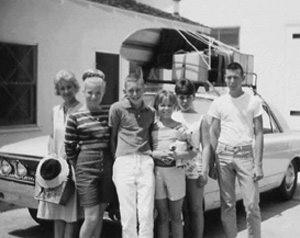Learning to surf.. A shapers view.
One of the areas of my home break is a pretty good place to learn how to surf, at least during the months of May through September. The waves are usually small and the summer swells deposit sand on the beach making the place more casual. So the last few months I’ve seen my share of beginners.
Learning to surf takes time. Like just about anything else some people pick it up quickly and with some people it takes a bit longer. But there are a few things that can help improve the learning curve.
The majority of time spent in the water surfing is spent paddling. Since a lot of rides last maybe 10 seconds, one could easily spend five or ten minutes paddling around for that one 10 second ride. So if you’re going to learn how to surf make sure that you learn how to paddle really well before you catch your first wave.
You may think, “hey, I can paddle a surfboard around what’s so hard about that.”? There’s more to it than one might think. To paddle efficiently the surfboard should be in trim. In trim is when your body weight is positioned on the board so that it will plane across the water without unnecessary drag, the nose not sticking up out of the water to much or poking into the water ( pearling ). To paddle a board efficiently one should be able to maneuver, turn from left to right, while paddling. You should also be able to speed up or slow down while paddling.
If you can’t paddle well you will find yourself getting in other peoples way in the water, which can cause accidents and get people hurt. As well if you can’t paddle well you will have a hard time catching waves. If you can’t catch waves you’ll never learn to surf.
And, if you can paddle well you will begin to develop judgment. Without judgment learning to surf is very difficult.
D.R.


